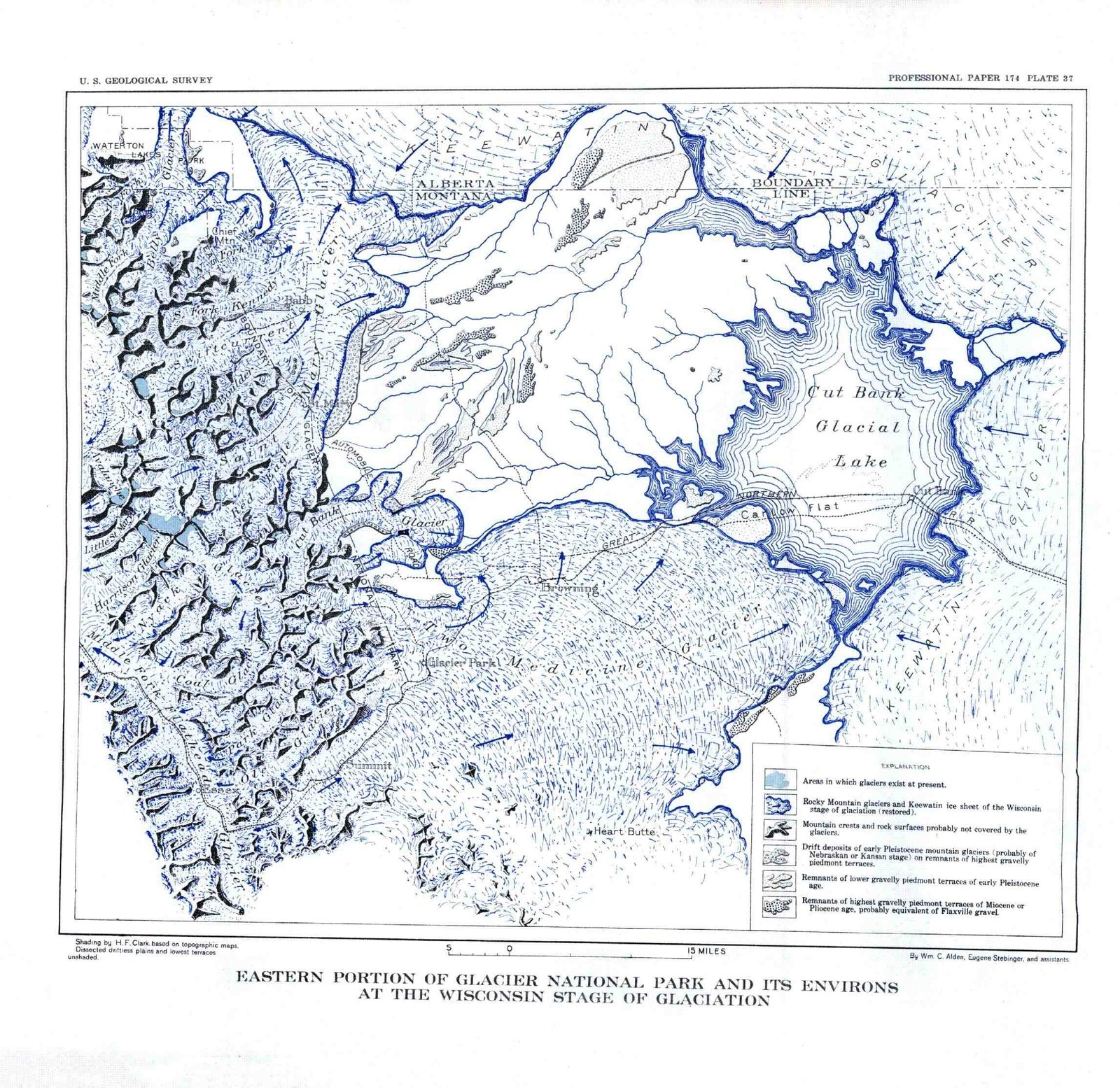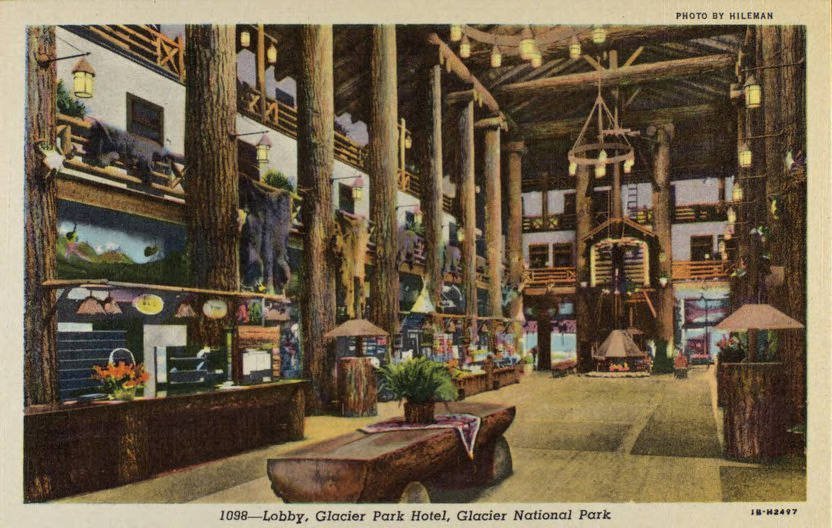Glacier National Park in Montana is home to a diverse population of bears, including both grizzly and black bears. With an estimated 300 grizzly bears and 603 black bears, the park offers unique opportunities for wildlife enthusiasts and nature lovers. These magnificent creatures play a crucial role in the park’s ecosystem and are a major attraction for visitors. However, understanding bear behavior, safety precautions, and park regulations is essential for a safe and enjoyable experience.
What is the Bear Population in Glacier National Park?

Glacier National Park boasts a significant bear population, with both grizzly and black bears calling this pristine wilderness home. Here’s a breakdown of the estimated bear populations:
Grizzly Bears
- Estimated population: Approximately 300 bears
- Density: About 30 bears per 1,000 km²
- Higher concentrations inside the park compared to outside areas
Black Bears
- Estimated population: Around 603 bears
- Density: Approximately 11.4 bears per 100 km²
These numbers highlight the importance of Glacier National Park as a crucial habitat for both bear species, making it a prime location for bear enthusiasts and researchers alike.
When is the Best Time to See Bears in Glacier National Park?

For those eager to catch a glimpse of these magnificent creatures, timing is crucial. Here’s what you need to know about bear activity in the park:
- Peak Months: April to October
- Seasonal Activity:
- Spring: Bears emerge from hibernation, actively foraging
- Summer: Increased activity, especially in meadows and berry patches
- Early Fall: Bears enter hyperphagia, intensively feeding before hibernation
Seasonal Bear Behavior
| Season | Grizzly Bears | Black Bears |
|---|---|---|
| Spring | Emerge from dens, seek protein-rich foods | Active in lower elevations, feeding on new vegetation |
| Summer | Forage in meadows, dig for roots and insects | Climb trees for fruits, explore diverse habitats |
| Fall | Intensively feed to prepare for hibernation | Increase calorie intake, often seen near berry patches |
| Winter | Hibernate (typically November/December to March/April) | Hibernate (similar timeframe to grizzlies) |
Remember, while these are general patterns, bear sightings can occur at any time during the active months. Always be prepared and follow park guidelines for bear safety.
Where are the Best Locations to Spot Bears in Glacier National Park?
While bears can be encountered throughout the park, certain areas offer higher chances of sightings. Here are some prime locations:
- Many Glacier Valley: Known for its diverse wildlife, including both grizzly and black bears
- Logan Pass: High-elevation area with frequent bear activity
- Iceberg Lake Trail: Popular hiking trail with potential bear sightings
- Avalanche Lake: Surrounded by lush forests, attractive to black bears
- Two Medicine Area: Less crowded, offering opportunities for bear viewing
Remember, bears are wild animals and their movements are unpredictable. Always maintain a safe distance and follow park regulations.
How Can Visitors Stay Safe in Bear Country?
Safety is paramount when exploring Glacier National Park’s bear country. Here are essential guidelines to ensure a safe visit:
Bear Safety Checklist
- [ ] Carry bear spray and know how to use it
- [ ] Hike in groups of 3 or more
- [ ] Make noise while hiking to alert bears of your presence
- [ ] Store food and scented items properly in bear-proof containers
- [ ] Maintain at least 100 yards distance from bears
- [ ] Never approach or feed bears
Food Storage Regulations
Proper food storage is crucial to prevent bear encounters:
- Use bear-proof food storage boxes provided in campgrounds
- Store food in hard-sided vehicles when not in use
- Never leave food unattended, even for a short time
- Dispose of garbage in bear-resistant trashcans or dumpsters
What Should You Do in a Bear Encounter?
Despite precautions, bear encounters can occur. Here’s how to handle such situations:
- Stay calm and assess the situation
- Do not run – this may trigger a chase response
- Slowly back away while facing the bear
- Speak calmly to identify yourself as human
- Use bear spray if the bear approaches within range
- Play dead if a grizzly attacks, fight back if a black bear attacks
Always report bear encounters to park rangers to help maintain safety for all visitors.
Are There Guided Bear Watching Tours in Glacier National Park?
While Glacier National Park doesn’t offer specific “bear watching tours,” there are several options for guided experiences that may include bear sightings:
- Ranger-led Hikes: Educational and safer than solo hikes
- Naturalist-guided Adventures: Offered by park concessioners
- Red Bus Tours: Scenic drives with potential wildlife sightings
- Boat Tours: On park lakes, offering different perspectives
These guided experiences provide valuable insights into bear behavior, ecology, and safety practices while exploring the park.
How Does Climate Change Affect Bears in Glacier National Park?
Climate change poses significant challenges to the bear populations in Glacier National Park:
- Habitat Loss: Melting glaciers and changing vegetation patterns affect bear habitats
- Food Source Changes: Shifts in plant and animal distributions impact bear diets
- Hibernation Patterns: Warmer winters may disrupt traditional hibernation cycles
- Human-Bear Conflicts: Changes in bear ranges may increase encounters with humans
Park management is actively monitoring these impacts and adapting conservation strategies to protect bear populations in the face of climate change.
What Research is Being Conducted on Bears in Glacier National Park?
Ongoing research in Glacier National Park provides valuable insights into bear populations and behavior:
- Population Monitoring: Annual surveys to estimate bear numbers and densities
- GPS Collar Studies: Tracking bear movements and habitat use
- Diet Analysis: Examining bear scat to understand dietary patterns
- Human-Bear Interaction Studies: Assessing the impact of tourism on bear behavior
- Climate Change Impact Research: Evaluating long-term effects on bear populations
This research informs park management decisions and conservation efforts, ensuring the long-term survival of bears in the park.
Glacier National Park’s bear populations are a testament to the park’s rich biodiversity and conservation efforts. By understanding bear behavior, following safety guidelines, and respecting these magnificent creatures, visitors can enjoy a safe and memorable experience in one of North America’s most spectacular wilderness areas.
References:
1. Black bear density in Glacier National Park, Montana
2. Annual Bear Monitoring and Capturing Begins – National Park Service
3. Grizzly bear density in Glacier National Park, Montana